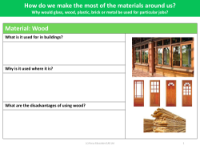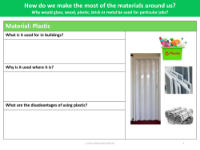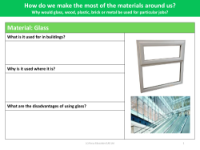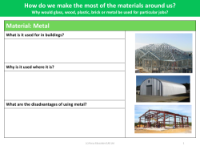Merits and drawbacks of brick - Worksheet
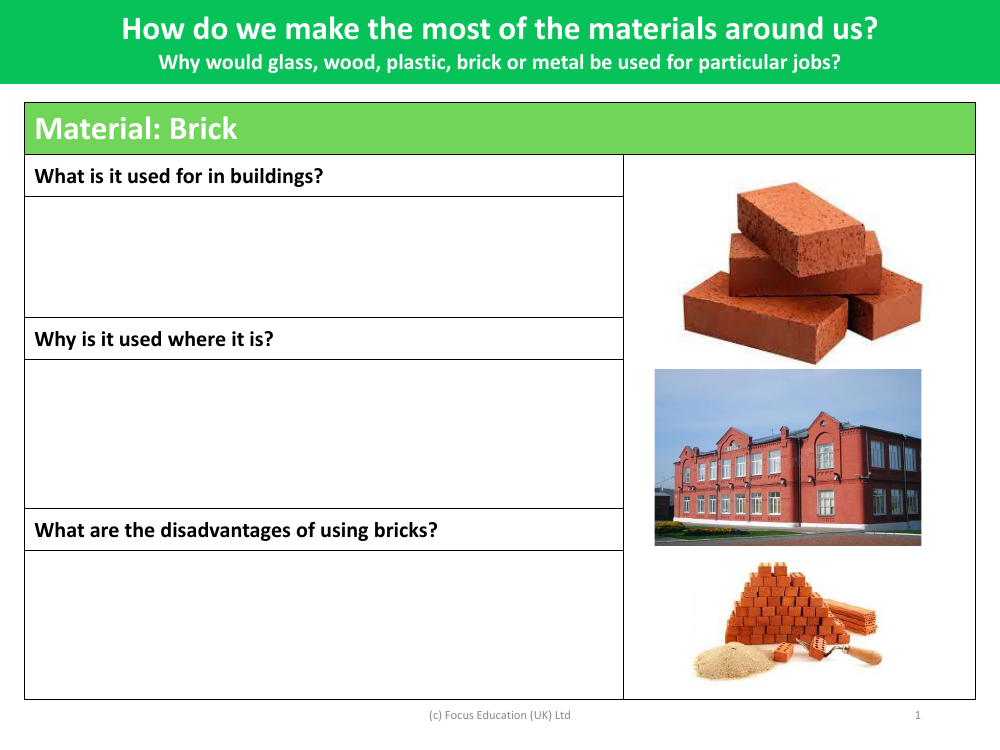
Science Resource Description
Bricks are a fundamental material in the construction industry, often chosen for their durability and aesthetic appeal. They are primarily used for building walls, facades, and other structural elements in both residential and commercial properties. The choice of brick as a construction material is influenced by its robustness, insulation properties, and its ability to withstand various weather conditions. Additionally, bricks have a timeless appeal that can enhance the visual character of a building, making them a popular choice for architects and builders.
However, the use of bricks is not without its disadvantages. One of the main drawbacks is their weight, which can make transportation and construction processes more labor-intensive and time-consuming. Bricks are also relatively inflexible, which can be a limitation in areas prone to earthquakes where more pliable materials might be preferable. In terms of environmental impact, the production of bricks requires significant energy and can contribute to carbon emissions. When considering the use of materials in construction, it's important to weigh these factors and determine how to best utilise resources like glass, wood, plastic, metal, and brick for specific applications based on their properties, environmental impact, and suitability for the job at hand.




